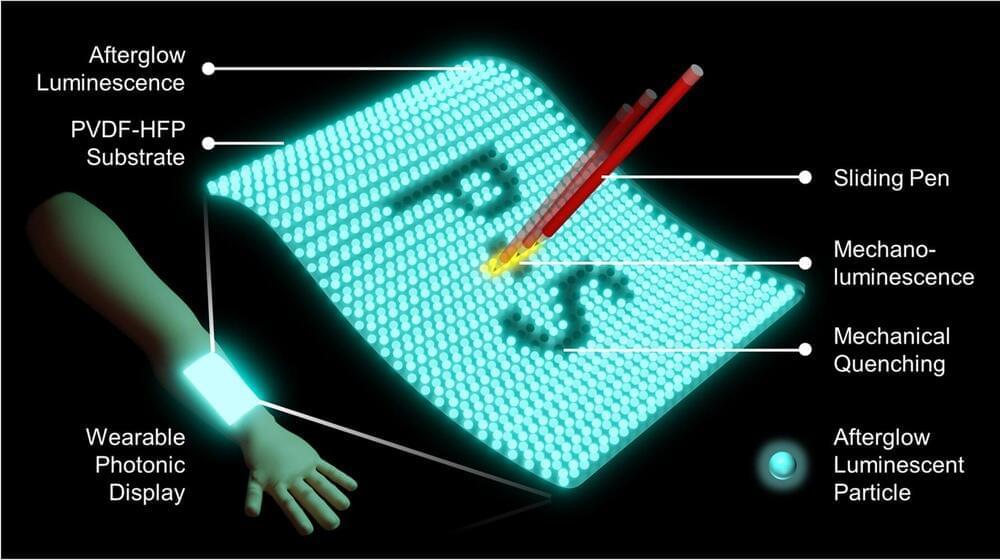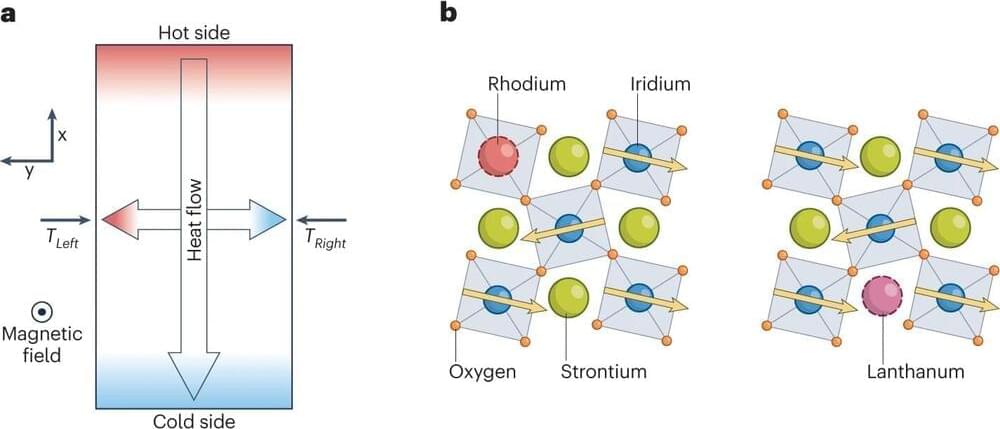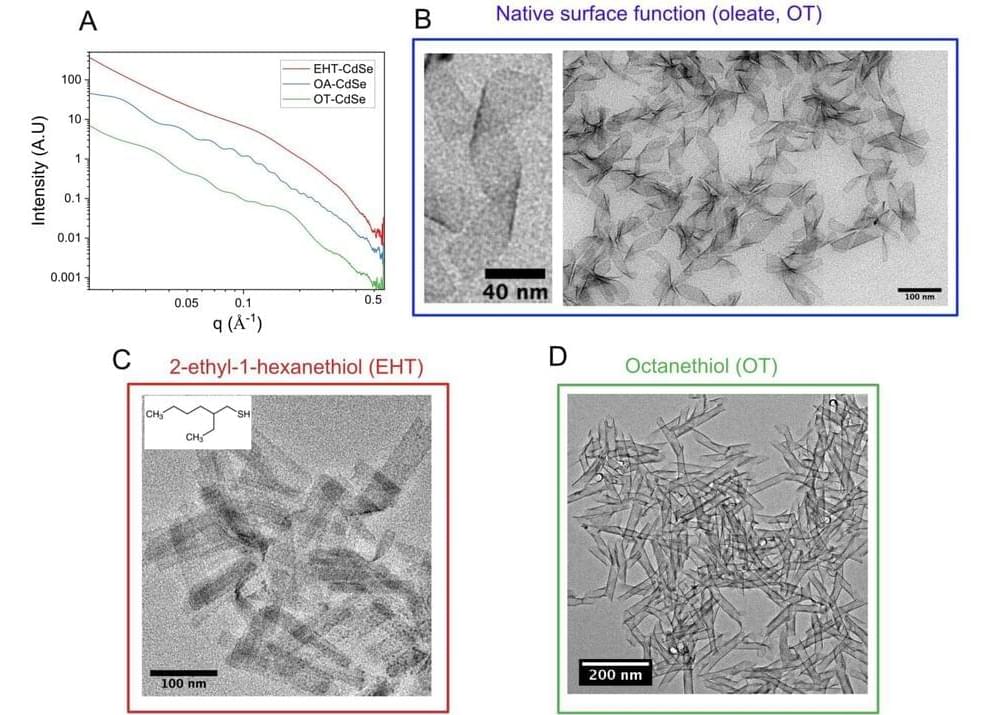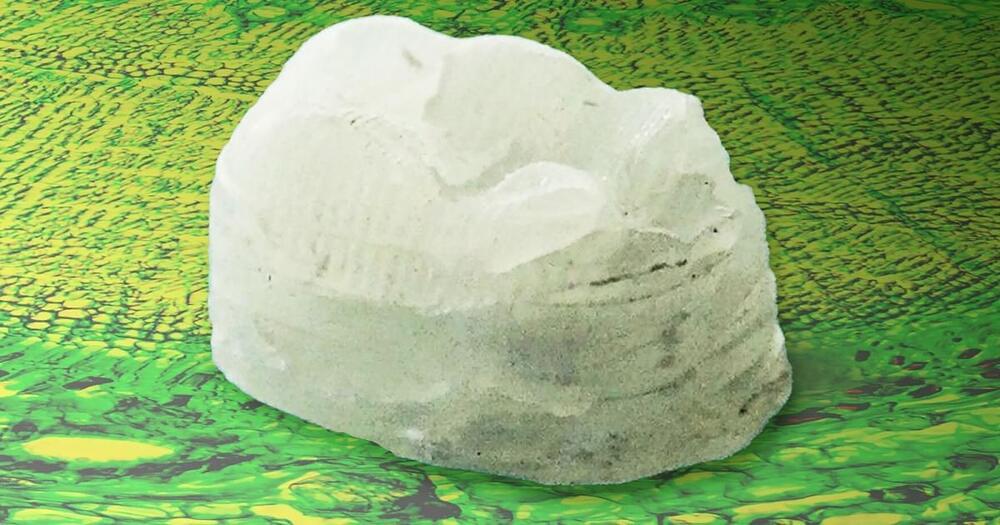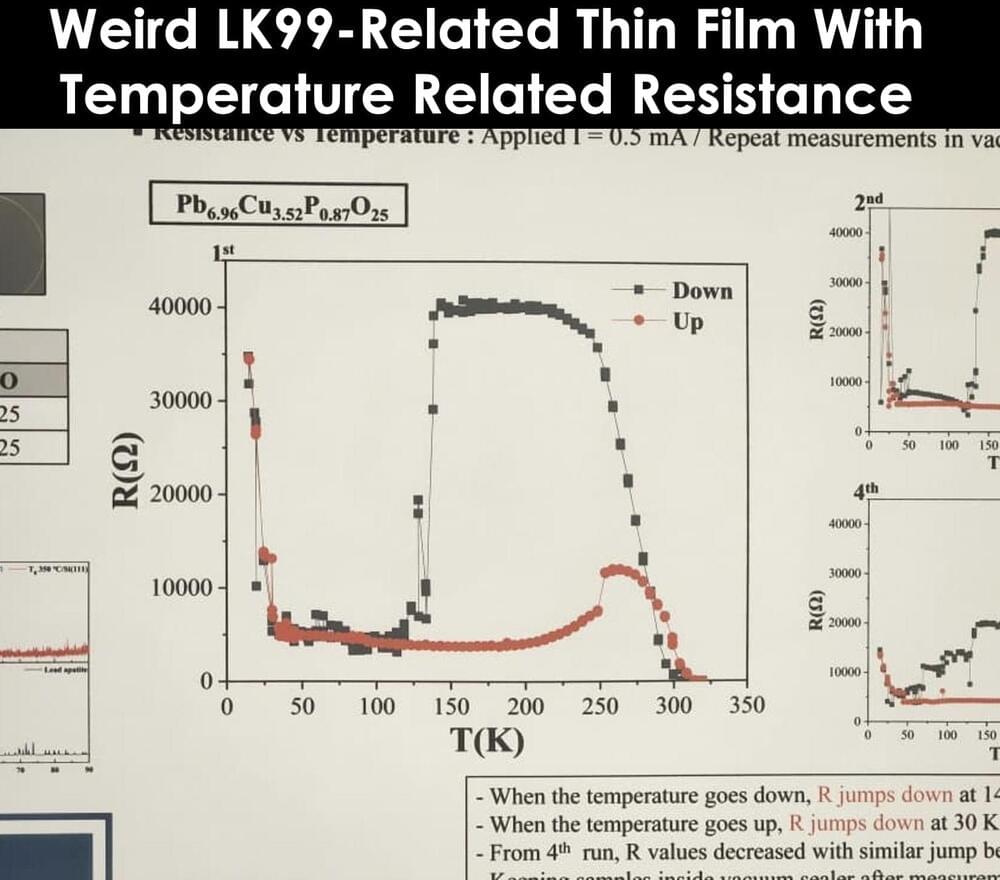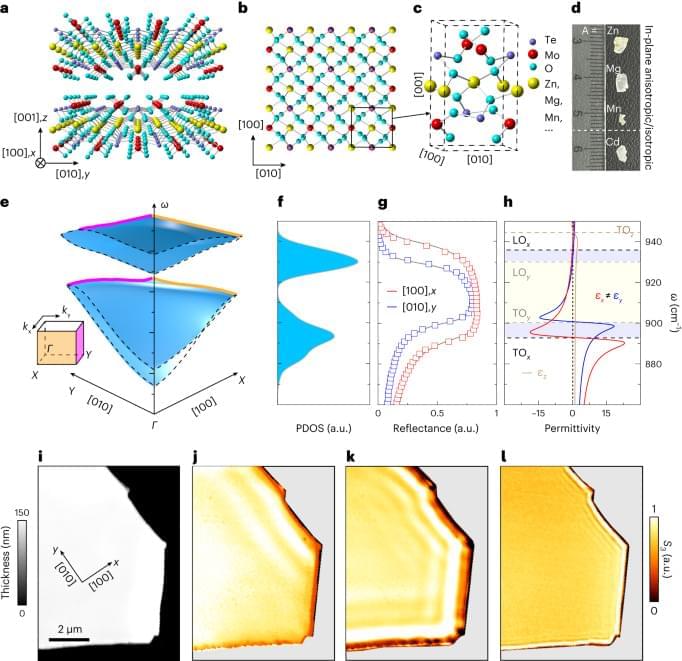Optical properties of afterglow luminescent particles (ALPs) in mechanoluminescence (ML) and mechanical quenching (MQ) have attracted great attention for diverse technological applications. A team of researchers from Pohang University of Science and Technology (POSTECH) has garnered attention by developing an optical display technology with ALPs enabling the writing and erasure of messages underwater.
The team, comprised of Professor Sei Kwang Hahn and Ph.D. candidate Seong-Jong Kim from the Department of Materials Science and Engineering at the POSTECH, uncovered a distinctive optical phenomenon in ALPs. Subsequently, they successfully created a device to implement this phenomenon. Their findings have been published in Advanced Functional Materials.
ALPs have the capability to absorb energy and release it gradually, displaying mechanoluminescence when subjected to external physical pressure and undergoing mechanical quenching where the emitted light fades away. While there has been active research on utilizing this technology for optical displays, the precise mechanism has remained elusive.
